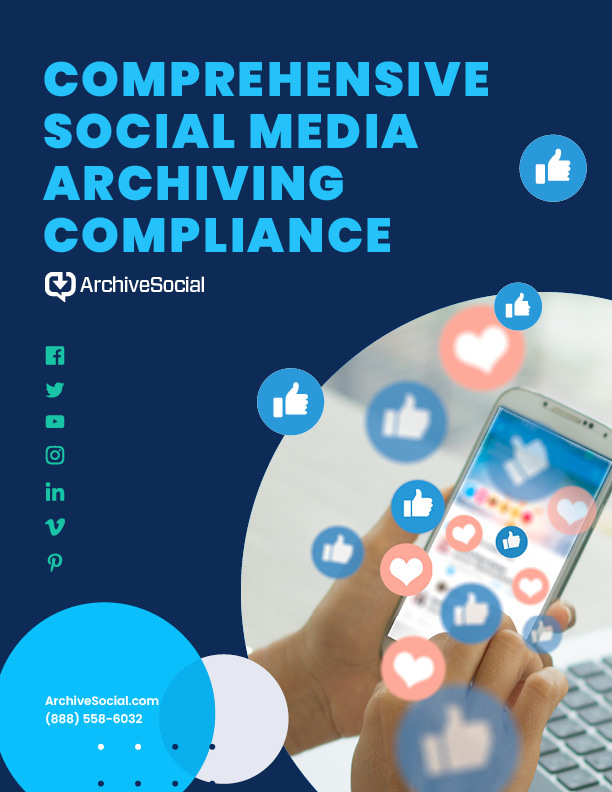If last night’s debate was any indication, American citizens are deeply interested and invested in their government. With a record-setting 10.3 million Tweets posted during the Denver Presidential Debates, it was clear that the nation is excited about participating in the country-wide conversation about the role of government and leadership. But such engagement concerning the government is not limited to the national level. In fact, there has been an equally significant movement of local governments moving to social media. This is a watershed moment for citizen engagement and local governments, and has ultimately resulted in the creation of “Digital Town Halls.” So, what explains this rise in the digital town halls?
Key Drivers of the Digital Town Hall
Information availability:
Social media platforms provide an easy and immediate means by which citizens can share information with the government, and, in return, the government with its citizens. Local governments are deeply concerned with addressing the needs of the community, but there often existed disconnect when brining these issues to light in the past. For instance, potholes in streets and graffiti are problems that are addressed by the government. But due to the prevalence and dispersed nature of potholes and graffiti, it is often near impossible for a local government with limited resources to actively search out these issues. But with the adoption of social media by local governments, citizens can report to the local government instances of graffiti by simply snapping a picture and posting it to the local government’s social network. Saving time and money, social media is seen as a chief source of innovation at the local government level.
Transparency:
In a survey by Accenture, 50 percent of respondents indicated that being able to interact digitally with government would ultimately result in the government becoming more transparent. Going social personalizes the local government, giving it a voice beyond formal announcements in the local newspaper or tax forms. Social media also encourages the government to share with citizens and enter conversation that it normally would not be able to. Like a traditional town hall, citizens can participate in a forum that may challenge or support the local government, allowing the government to express its directives in response. Because a local government’s chief concern is the well-being of the citizens, social media allows the government to communicate their commitment.
Engagement:
Finally, social media has permitted governments to foster an environment of engagement with citizens. They allow citizens to voice their opinions to the government, as well as the government to respond to these concerns. Traditional town hall meetings are only held periodically, and due to time conflicts, not everyone’s voice may be heard. Social media solves this matter. Citizens can utilize social media to interact with the government to ensure that although they may have had to miss a recent town hall meeting to take care of their child, they can still participate in the decision-making process. Ultimately, local governments want to address their citizens’ needs, and social media is a valuable avenue through which they can achieve this goal. If attending the National Association of Government Webmasters (NAGW) conference taught ArchiveSocial anything, it was that local governments strive to interact with the people they are serving to ensure that they are performing their jobs as effectively as possible. Social media has revolutionized this pursuit of public service, and as such, it has quickly become an invaluable tool for local governments looking to engage citizens. And although a town of 20,000 can’t expect 10.3 million Tweets in an hour and a half like the presidential debate, it can expect a different, though similarly rewarding, mode of communication with its citizens by utilizing social media.

